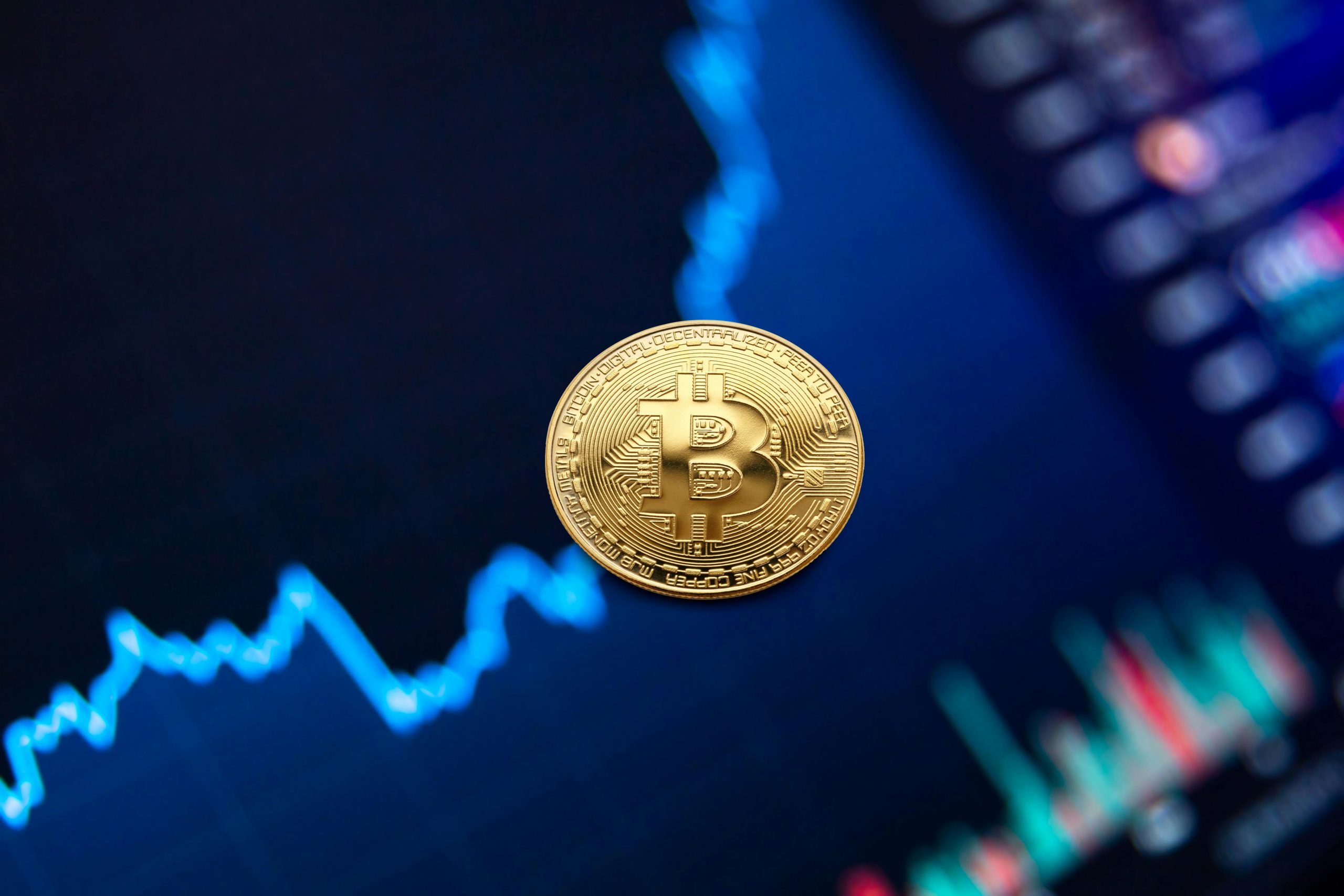The adoption of Clean Energy Blockchain technology is transforming how energy payments are processed, making transactions faster, more transparent, and secure. By leveraging decentralized ledgers, Clean Energy Blockchain allows energy producers and consumers to transact directly without relying on traditional intermediaries, reducing costs and minimizing delays. Platforms like Novion are pioneering these solutions, offering integrated systems where payments for solar, wind, and other renewable energy sources can be executed in real-time with minimal friction. This ensures that producers receive fair compensation while consumers benefit from more efficient and transparent billing systems.
One of the key mechanisms behind Clean Energy Blockchain payments is the use of smart contracts. These self-executing agreements automate transactions based on predefined conditions, such as energy consumption or production thresholds. Smart contracts eliminate the need for manual invoicing and reconciliation, reducing human errors and administrative overhead. This automation is particularly beneficial for distributed energy resources, where multiple small-scale producers feed power into the grid and require accurate, timely payments for their contributions.
Real-Time Metering and Payment Integration
Clean Energy Blockchain also enables real-time metering, where energy usage is continuously recorded and transmitted to the blockchain. This data is immutable and instantly verifiable, allowing payments to be processed as energy is consumed. Consumers can pay instantly for the exact amount of energy they use, while producers are guaranteed immediate settlement. This system reduces disputes over billing and ensures a fair and transparent marketplace for renewable energy.
Facilitating Microtransactions and Energy Trading
Another significant advantage of Clean Energy Blockchain in energy payments is its ability to support microtransactions. Traditional payment systems often struggle with small-value transactions due to fees and processing delays, but blockchain technology allows seamless micropayments for every kilowatt-hour consumed. This opens the door for peer-to-peer energy trading, where households or businesses can sell surplus energy directly to neighbors or the local grid. By combining smart contracts with secure, decentralized payment networks, Clean Energy Blockchain creates a more flexible and responsive energy ecosystem.
Enhancing Transparency and Security
Security and transparency are critical aspects of energy payments, and Clean Energy Blockchain excels in both areas. Every transaction is recorded on a tamper-proof ledger, making it easy to verify payments and trace energy sources. This builds trust among participants, whether they are utility companies, independent producers, or end consumers. In addition, blockchain’s decentralized architecture reduces the risk of fraud or data manipulation, ensuring that payments are executed exactly as agreed.
Integration with Renewable Energy Incentives
Clean Energy Blockchain also facilitates the integration of incentives and subsidies for renewable energy. Governments and organizations can automate rebate distribution or tokenized incentives through the blockchain, ensuring that funds reach the intended recipients without delays. This approach encourages wider adoption of renewable energy solutions by simplifying the financial aspects of participation.
The Future of Seamless Energy Payments
As Clean Energy Blockchain technology evolves, it is expected to play an even greater role in revolutionizing energy payments. Integration with IoT devices, AI-driven analytics, and decentralized marketplaces will make energy consumption, trading, and payment more efficient and intelligent. Consumers will have greater control over how they use and pay for energy, while producers will benefit from immediate settlements and new revenue streams. The seamless nature of blockchain-powered payments is a crucial step toward a fully decentralized and sustainable energy economy.
In conclusion, Clean Energy Blockchain enables seamless energy payments by combining smart contracts, real-time metering, microtransactions, and enhanced transparency. This technology not only simplifies transactions but also promotes fairness, efficiency, and security across the energy sector. By adopting these solutions, the energy ecosystem can move closer to a sustainable and technologically advanced future.
